Jaya Mehrotra on championing Women’s Leadership with Innovative Initiatives
In an exclusive interaction with Adgully, Jaya Mehrotra, Founder of Women Leadership Circle, delves into the inspiration behind the creation of WLC and the challenges faced by women leaders today, offering insights on fostering gender diversity in leadership roles, and much more.
What inspired you to create the Women Leadership Circle?
While we officially began working on the Women’s Leadership Circle towards the end of 2022, the concept had been brewing since 2008. Personally, I underwent a significant life pivot during that time and also navigated the challenges at Citibank during a major financial crisis.
The global financial crisis of 2008 brought immense stress to everyone, including myself. I felt pressure from both personal and professional fronts. It was during this period that I realized the lack of support systems for women facing overwhelming career choices and challenges. Even leadership roles were not adequately geared towards providing the level of support and mentorship needed, leaving many feeling isolated.
While isolation can affect anyone, regardless of gender, women often encounter additional hurdles due to their personal responsibilities. As our careers progress, many of us also take on roles as caregivers and parents, leading to questions about balancing career aspirations with family obligations. This often results in many women veering off their career paths in their thirties, unlike most men who continue to progress.
Thus, the idea of establishing a platform to support and anchor women took root. Over the past decade, I transitioned into a leadership coach, driven by the realization that I needed such guidance myself, which was lacking within my organization.
By 2022, the timing felt right. I had honed my skills as a coach, worked with numerous women, and recognized the gaps in support when it came to building personal brands and networks. While there are existing ecosystems, they didn't quite meet the specific needs I envisioned. Hence, in 2022, we began piloting our initiative.
Over the past six months, we have made significant progress, establishing our constitution and welcoming our first few founding members. Our team consists of myself as the founder and around nine to ten founding members, forming a strong foundation for the Women’s Leadership Circle.
What are some key initiatives or programs that the Women Leadership Circle offers?
The story begins with an interesting premise. My friend was transitioning between roles at 360, our sponsor.
During the pandemic’s conclusion in 2022, many women around me expressed interest in my coaching work. They suggested organizing a roundtable for women. My friend, who was also working with 360, proposed that we collaborate. She would handle finances, and I would serve as the leadership coach. We invited key women from the industry, including some seniors from 360. Thus, what began as a single event evolved into a charter.
We then engaged strategy consultants and subject matter experts to develop a viable product. Our initial focus in WLC’s early stages is to establish an ecosystem. This includes impactful workshops, with one of our learning partners being emeritus, a renowned provider of executive education globally.
Emeritus, a major unicorn, attracts many men for executive education at prestigious institutions like Wharton, Stanford, and Harvard, particularly from India. However, women face challenges in accessing such opportunities, although their participation is increasing. Therefore, we aim to offer compact workshops through top-notch learning platforms tailored for India.
The next phase involves creating small trust groups, inspired by successful models like Ascent and YPO that primarily serve male entrepreneurs and senior men. These platforms have low female representation due to high entry barriers. Recognizing this gap, we intend to provide a similar platform for women in entrepreneurship, CEO, and CXO roles. Our most significant offering will be the trust circles or tribes, smaller groups within the larger ecosystem comprising seven to nine women from diverse industries. These circles function as personal boards of directors, meeting regularly in a confidential and supportive environment.
We collaborate with experts to lead and train these forums, emphasizing safety, trust-building, collaboration, and mutual encouragement. While such forums have existed predominantly for men, we aim to empower ambitious women in the workforce.
Additionally, we plan to conduct long-term workshops like ‘Women on Board’, targeting placement in board positions to address the underrepresentation of women in such roles. Our ultimate goal within the next five years is to achieve 50% representation of women in leadership positions nationwide and globally, spanning board seats, CEO, CFO, and other CXO roles, as well as in entrepreneurship.
As for the challenges faced by women leaders today, caregiving responsibilities emerge as a significant hurdle. Balancing career ambitions with caregiving duties, especially during the child-rearing years and managing elderly care, can impact career progression. These challenges, while sometimes supported by organizations, may not be fully integrated into career growth trajectories, raising concerns about maternity leaves affecting promotions and career advancement upon return.
According to you, what are the biggest challenges faced by women leaders today? And how does the Women Leadership Circle (WLC) try to address them?
I believe one of the hurdles we face is that many Indian women are expected to be primary caregivers at home, which puts a significant burden on them. This pressure intensifies as they progress in their careers and move into senior leadership roles. While Diversity and Inclusion (DNI) initiatives aim to retain women in the workforce, data shows that many still leave due to challenges. Some companies support women returning to work after extended breaks, but the data on this is limited. Despite progress, women’s representation in top leadership roles remains low, with less than 3% as CEOs in Fortune 500 companies and limited board seat representation.
This flexibility has been transformative, allowing us to balance work with caregiving responsibilities. We're witnessing a power shift, where women can choose when to work, manage childcare, and even work late into the evening if needed. This flexibility has empowered women to aspire to senior leadership roles, despite the existing hurdles. Anita Bhogle, an author, in her book ‘Equally Yet Different’, emphasizes that women aren’t seeking equality, but rather acknowledgment of their unique life journeys. Our life experiences differ from men’s, and these differences should be factored into career paths without bias. While men’s careers often follow a linear trajectory, women’s paths may include several pivots, each enriching our leadership capabilities. These pivots should not affect performance evaluations or pay; instead, they should be celebrated and rewarded.
Recognizing these pivots is crucial for women to pursue fulfilling careers at any stage of life. Women like Nita Ambani, who have reinvigorated their careers after fulfilling family responsibilities, serve as inspirations. Today, women in their late 40s are returning to work with renewed vigor, demonstrating that age should not be a barrier to career growth and success.
How does WLC foster networking and collaborations among its own members?
We’re a small community of 20 members, with 10 co-founders holding chair positions like legal, membership, partnership, and learning chairs. Our weekly meetings on Zoom are filled with icebreakers and strategic planning for upcoming events. We support each other’s success and collaborate closely, recognizing that building a women’s ecosystem requires collective effort. This shift from competition to collaboration brings us joy and safety, unlike the early 2000s. Our ambition is rooted in supporting each other and fostering a supportive ecosystem from the start.
We know that equality and diversity is like gender equality and diversity is like the key aspect. So, according to you, how can companies ensure gender diversity in their leadership in today’s time?
In my past corporate experience, gender diversity was often relegated to a small side function with a few members from different teams. However, the paradigm is shifting, with gender DNI (Diversity and Inclusion) becoming a distinct and impactful function in major companies. It is now measured by metrics such as women in high-potential career groups, mentoring after maternity leave, and overall career progression. DNI should be integral, with measurable targets like mentoring, sponsorship, and development programs to retain and promote women. Equal representation at leadership levels fosters role models and boosts confidence. Successful DNI initiatives are annual, measurable, and led by subject matter experts collaborating closely with senior leadership. For instance, Bank of America’s robust mentorship program for women demonstrates ongoing commitment beyond one-time efforts or discussions, leading to tangible shifts.





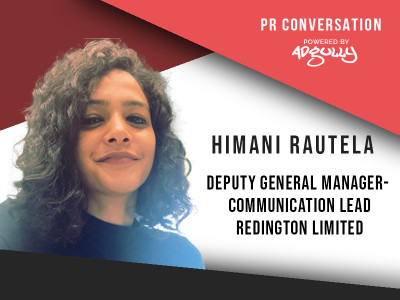
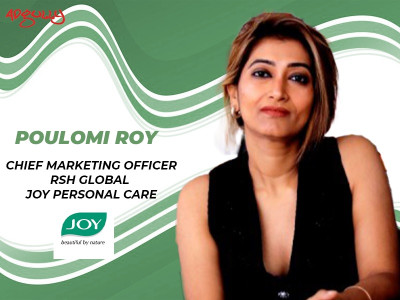



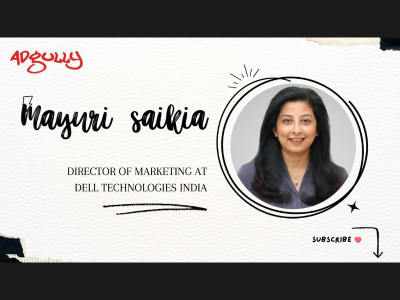
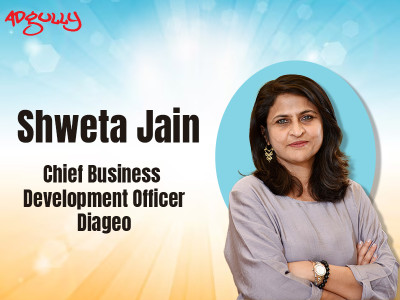
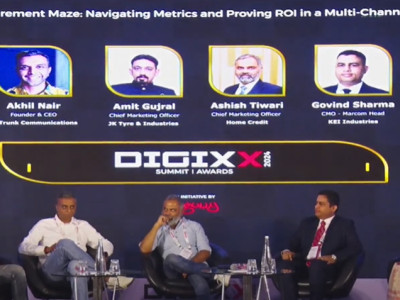
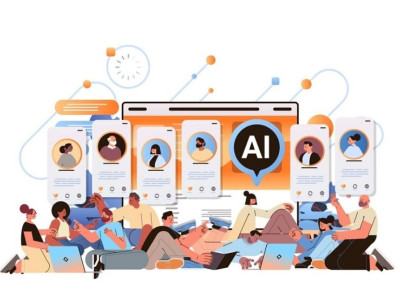




Share
Facebook
YouTube
Tweet
Twitter
LinkedIn